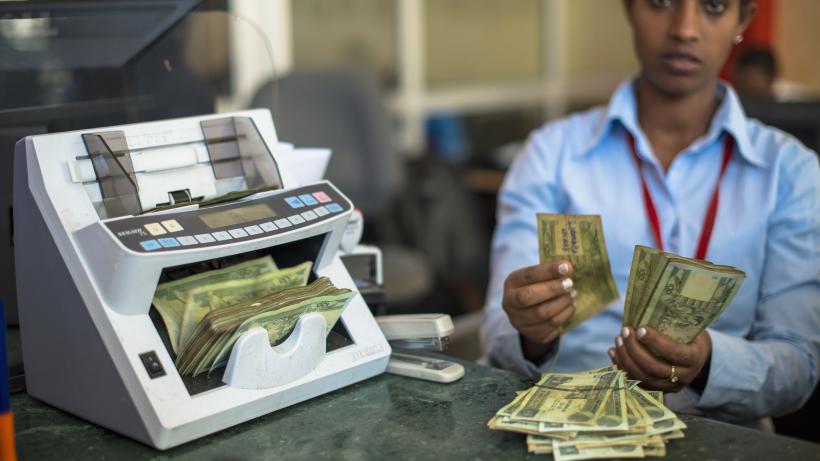
How information can bridge gender disparities in investment lending
In the last five years, gender-lens investing received a significant push. Many new initiatives have been launched to reduce the US$ 1.7 trillion investment gap for women-led MSMEs globally. While most interventions are geared towards influencing women business owners - by boosting their confidence or enhancing their investment readiness - few approaches target changing investor behaviour.
Gender bias persists among investors. In 2021, less than 15% of venture capital dollars went to companies with a woman on the founding team. Multiple studies have shown that equity investors favour men, even when presented with pitches from identical businesses run by women. Women also have a more challenging time securing loans, though whether lenders exhibit gender bias is less clear from the research.
Boosting the supply of finance for women
What can be done to boost the supply side of the financing equation for women-led businesses? To know the answer, we need to examine this question from many angles. Is the gender gap in financing observed in any entrepreneurial context, or does it differ depending on business stage, investment type, or macroeconomic conditions?
ANDE, USAID, and the International Growth Centre (IGC) recently co-hosted a webinar on two new studies funded by the Small and Growing Business (SGB) Evidence Fund that examine gender bias in financing and help close this knowledge gap.
Note: You can watch the webinar here.
The authors of the first study, titled Smarter Systems: How tweaking your diligence process can unlock overlooked opportunities, partnered with startup accelerator and investor Village Capital to test a surprisingly simple approach to reducing gender bias in the investor due diligence process.
Prior research indicates that investors tend to ask men promotion-focused questions (for example, how do you plan to acquire customers?) and women prevention-focused questions (for example, how many active users do you have?) In short, investors seek to gauge the potential of male-led businesses and the risks of women-led businesses.
To prompt investors to ask more balanced questions, the researchers ran an experiment testing two interventions. In the first one, investors were given a systematic evaluation framework with a balance of promotion and prevention questions. The second one included a set of periodic evaluations assessing each business’s progress in both growth and risk mitigation strategies.
These fairly simple interventions had surprisingly powerful results. The investors randomly assigned the systematic evaluation framework or periodic evaluations rated women entrepreneurs significantly higher than the investors not presented with these tools. The result was that women entrepreneurs were rated equally, and sometimes higher, than their male peers.
Measuring discrimination in business lending
In the second study—Discrimination and Access to Capital: Experimental Evidence from Ethiopia,— the authors collaborated with Ethiopia’s Entrepreneurship Development Institute (EDI) to conduct a business plan competition nationwide. To serve as judges, they enlisted loan officers from different financial institutions.
The researchers conducted a study using authentic business plans but with randomised gender on the applications. They aimed to test if gender bias existed in the judges’ scores. Surprisingly, the study found no evidence of gender bias in the investment recommendations made by loan officers.
This outcome was unexpected, as in Ethiopia, men typically have a higher chance of securing loans – and in larger amounts – compared to women.
What does this mean for the SGB sector?
What can these two studies, with seemingly counterintuitive results, tell us about reducing gender bias in financing?
One potential explanation could be that investors exhibit more gender bias when they lack information, such as when evaluating new companies with little track record. Village Capital investors were scoring startups, while the Ethiopian loan officers were assessing existing companies seeking growth capital. It is also possible that gender bias diminishes when evaluating entrepreneurs on paper. The Ethiopia study used a business plan competition, while the Village Capital experiment was face-to-face.
Offering investors an equal amount and type of information about companies run by women and men is a promising and cost-effective avenue to levelling the playing field.
This article was first published by the Aspen Network of Development Entrepreneurs (ANDE).

